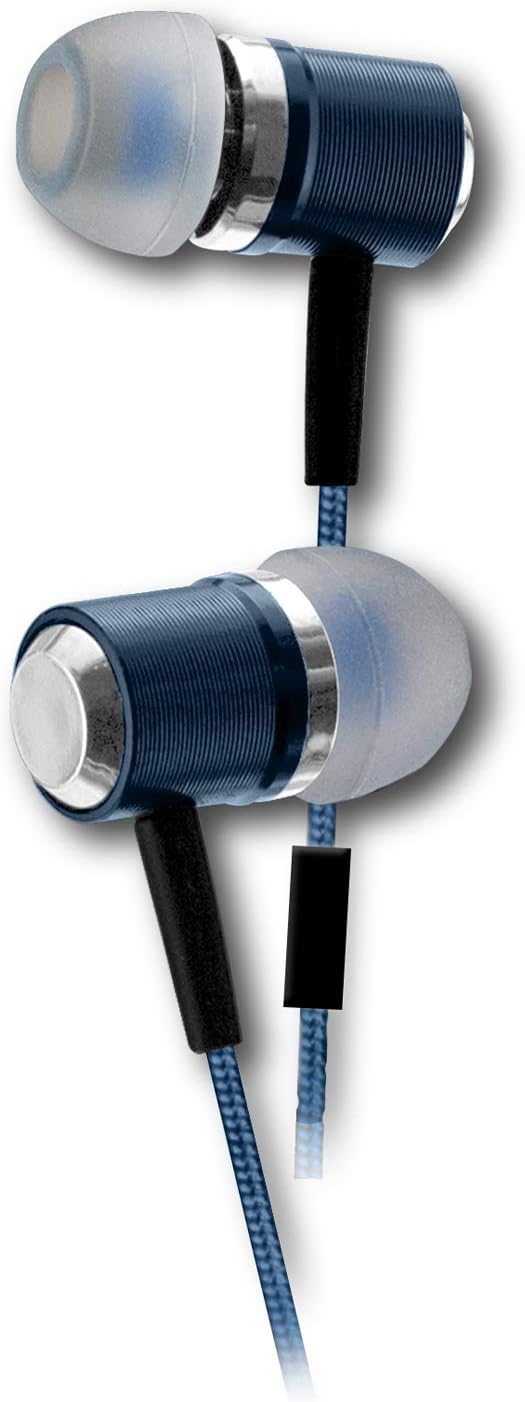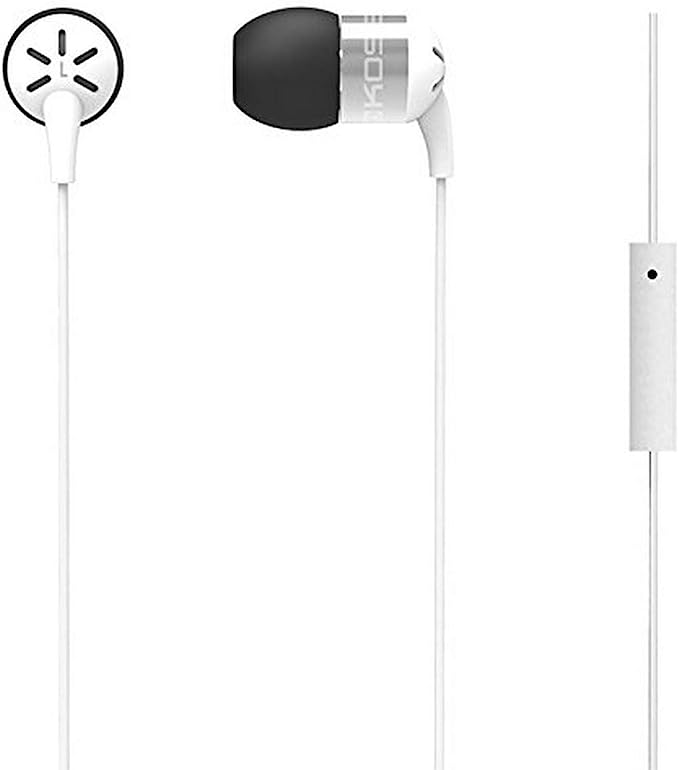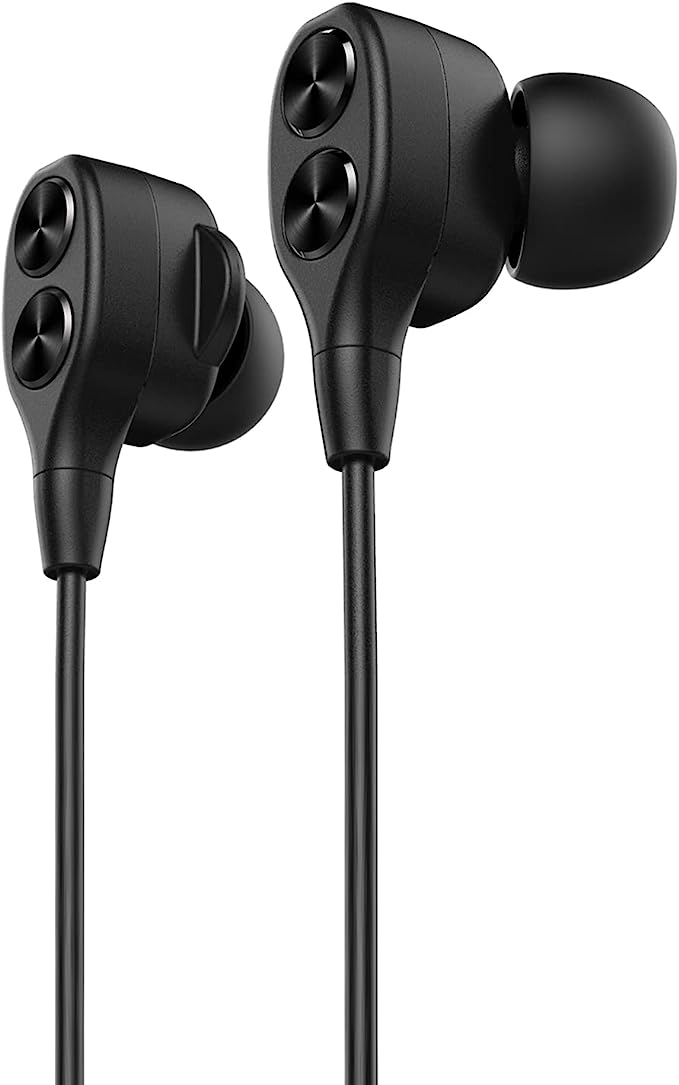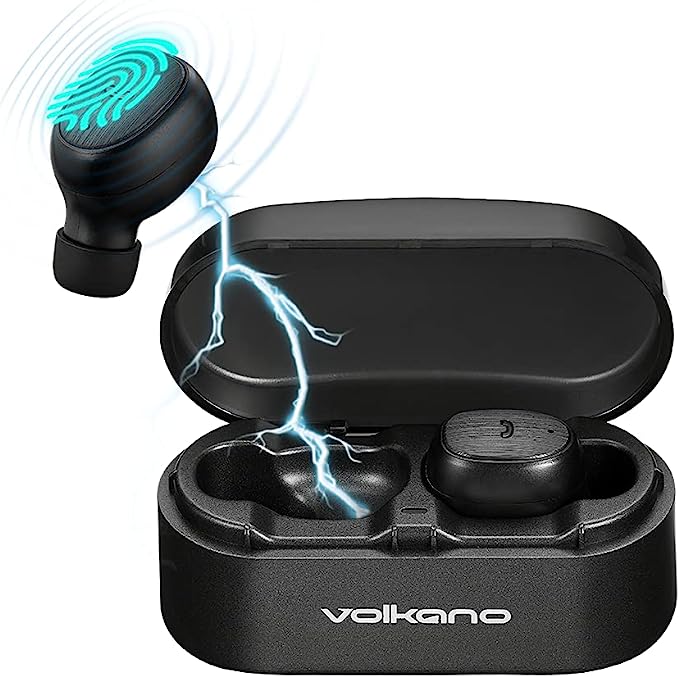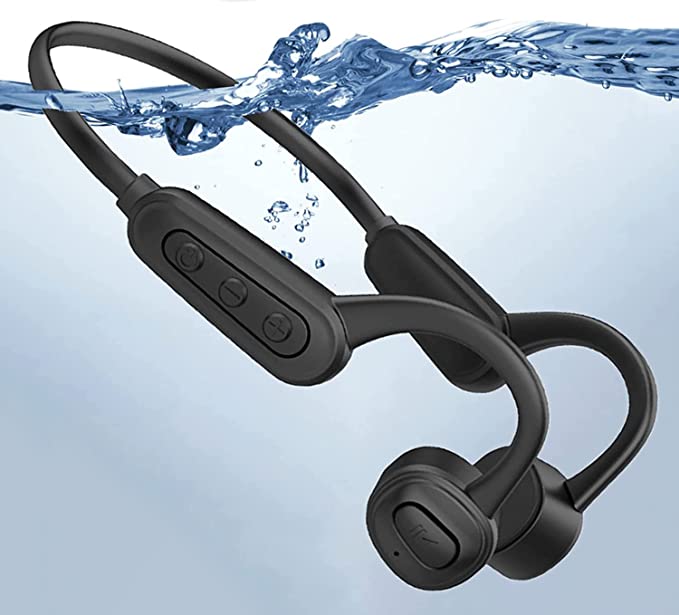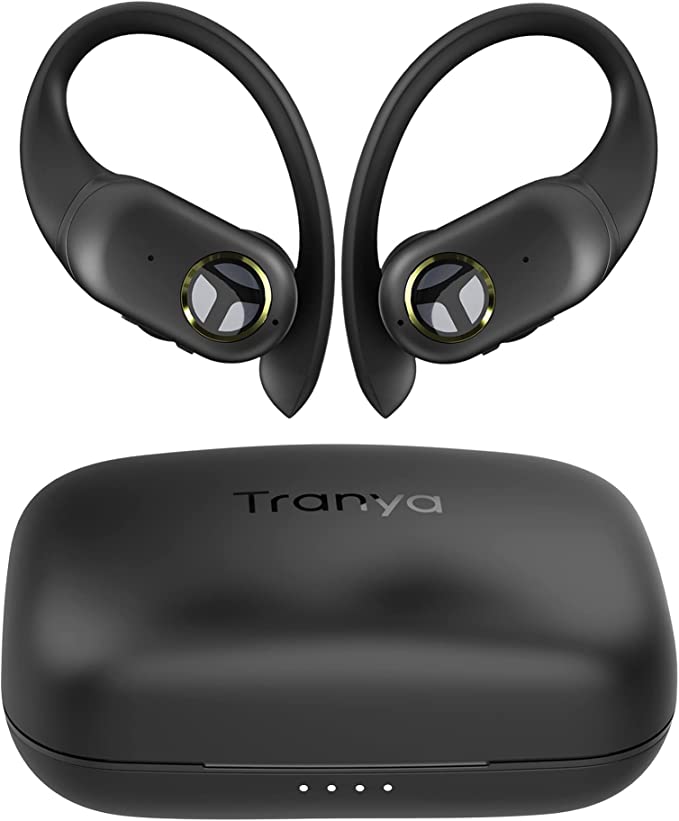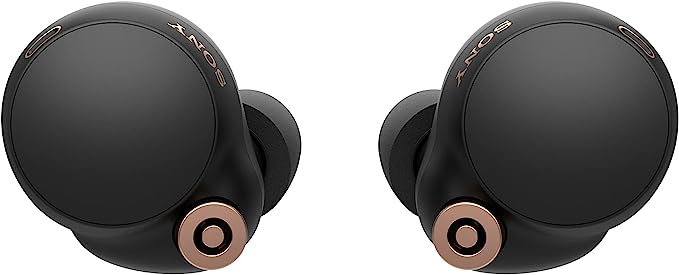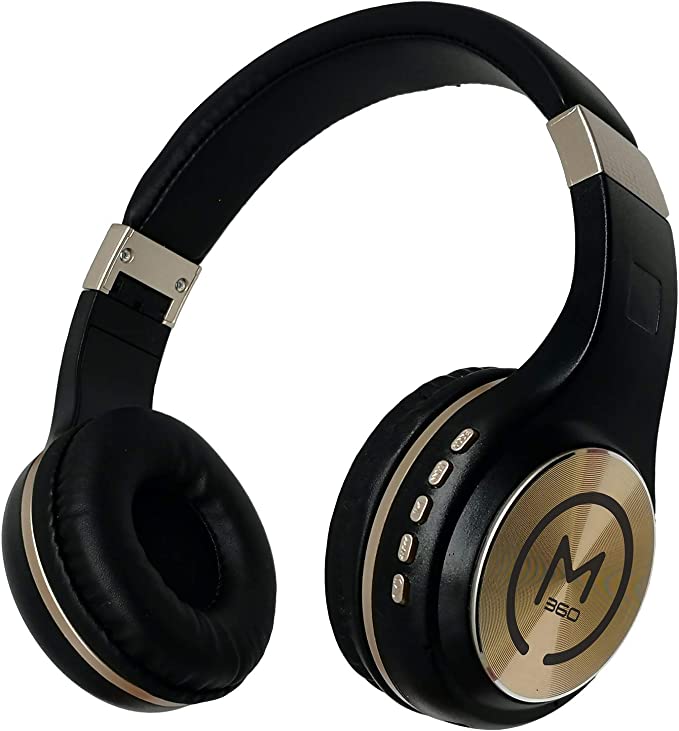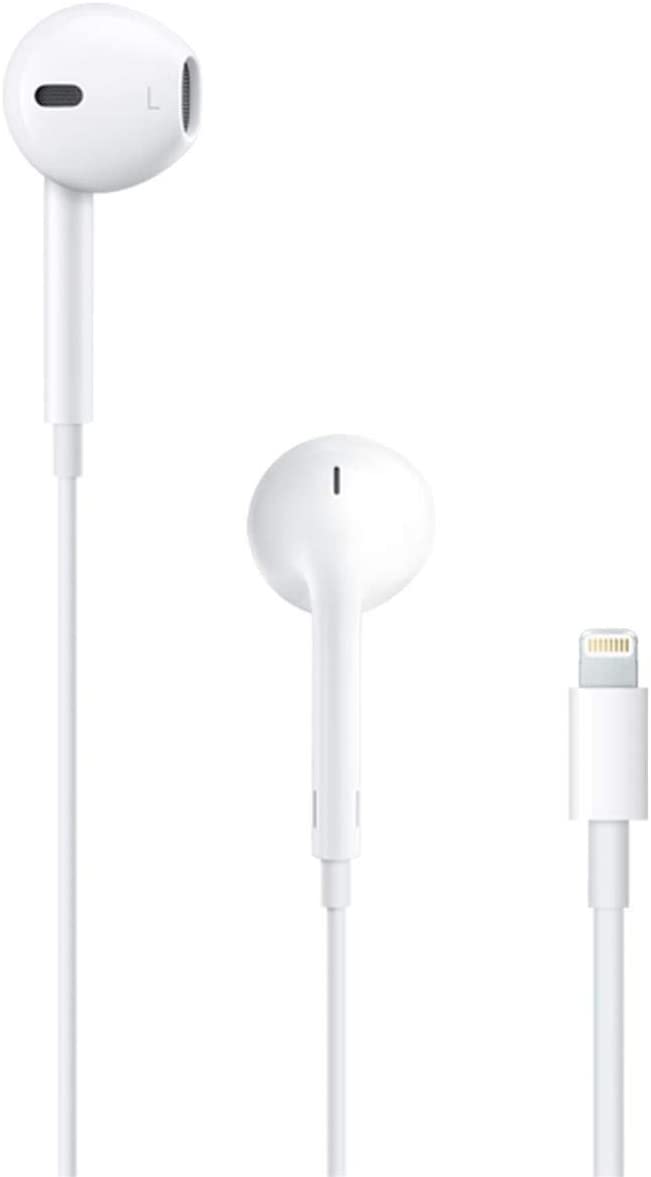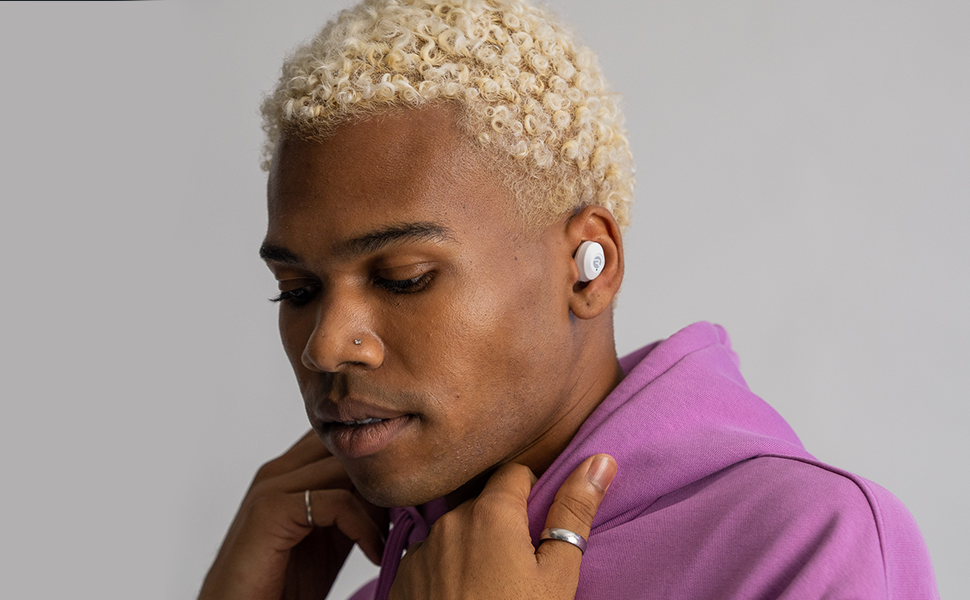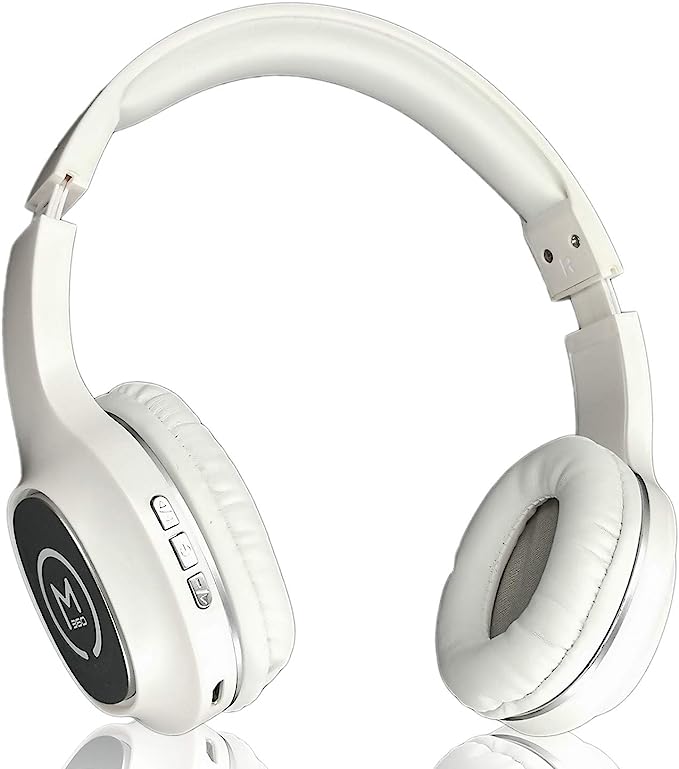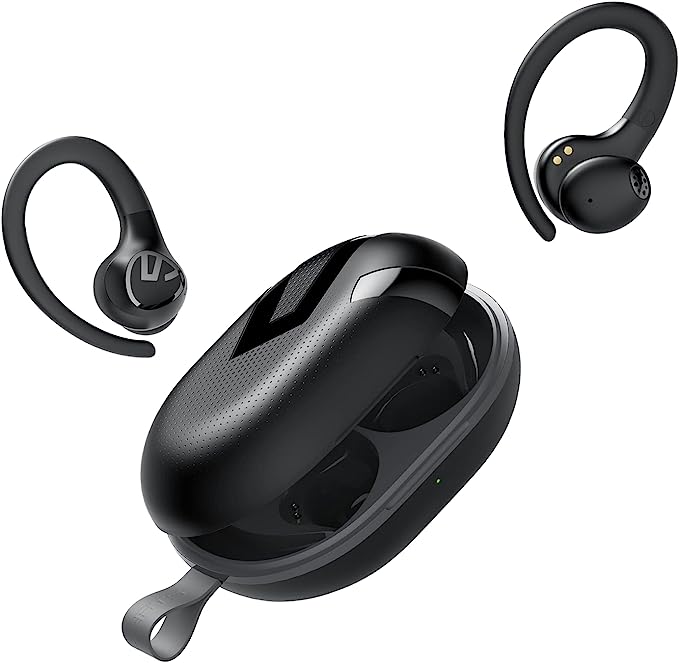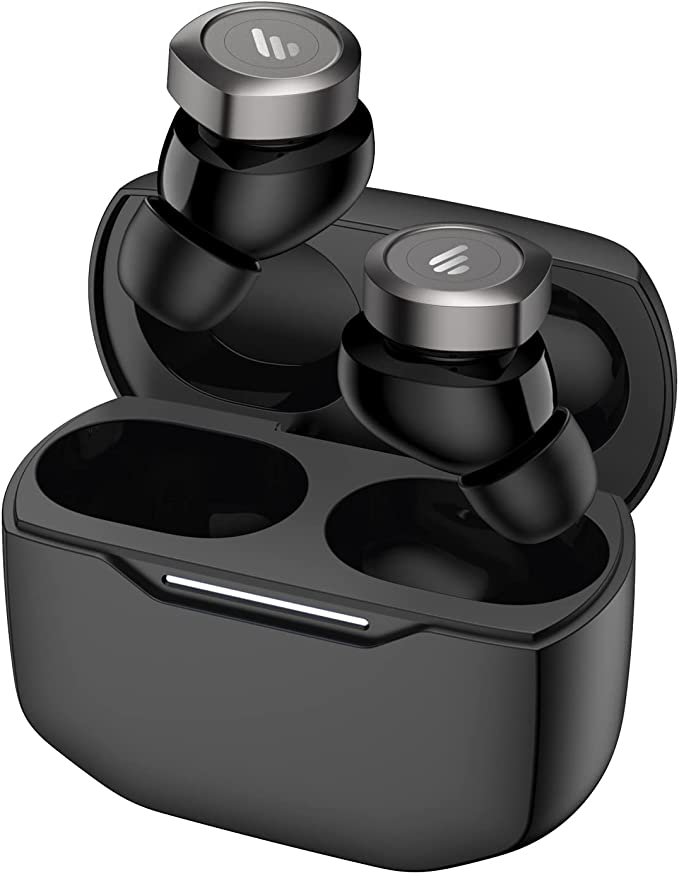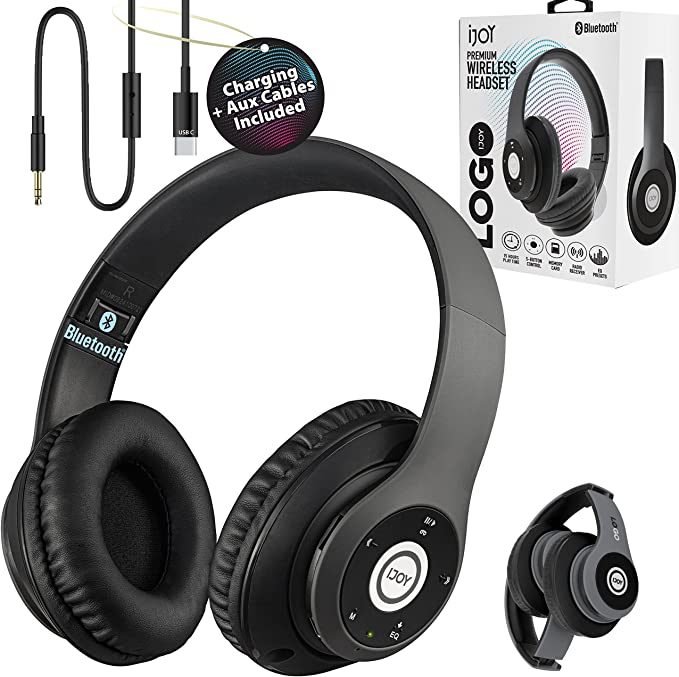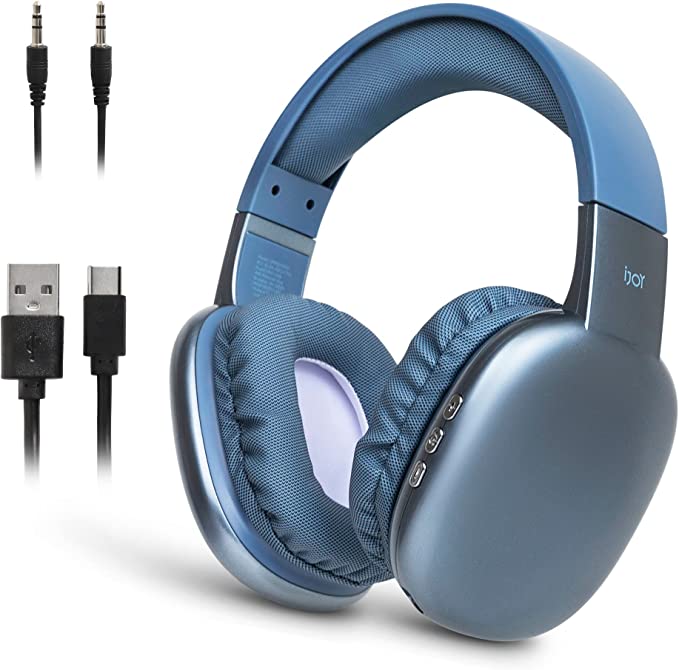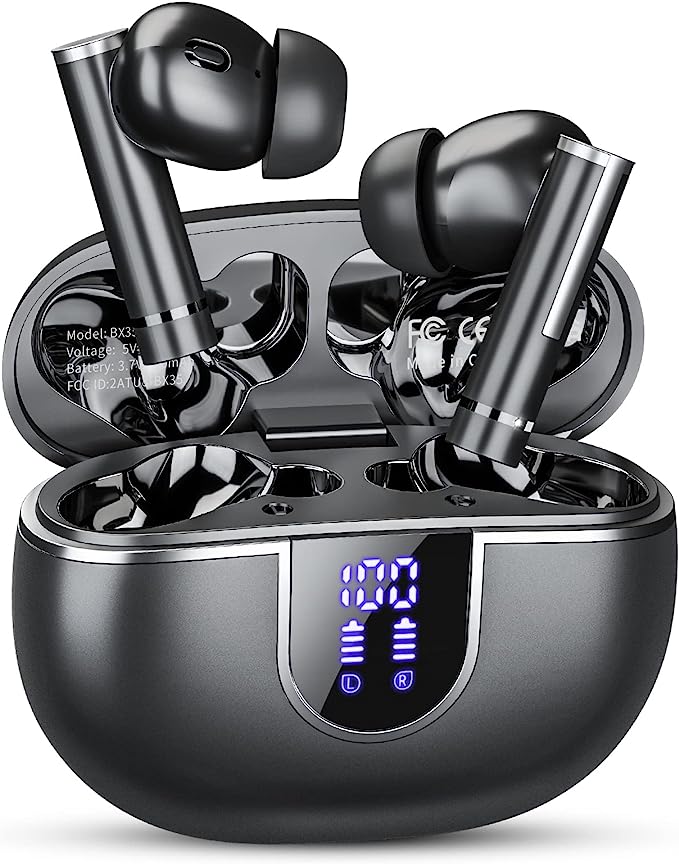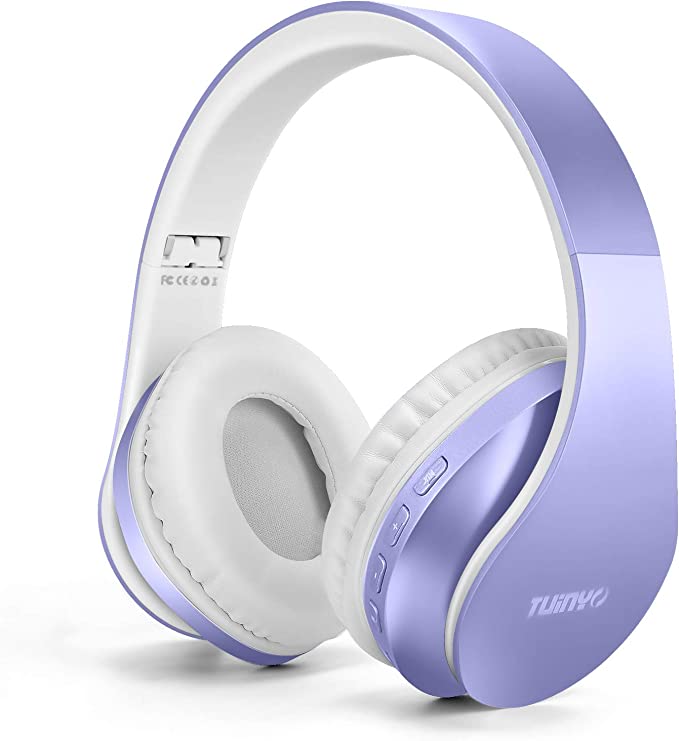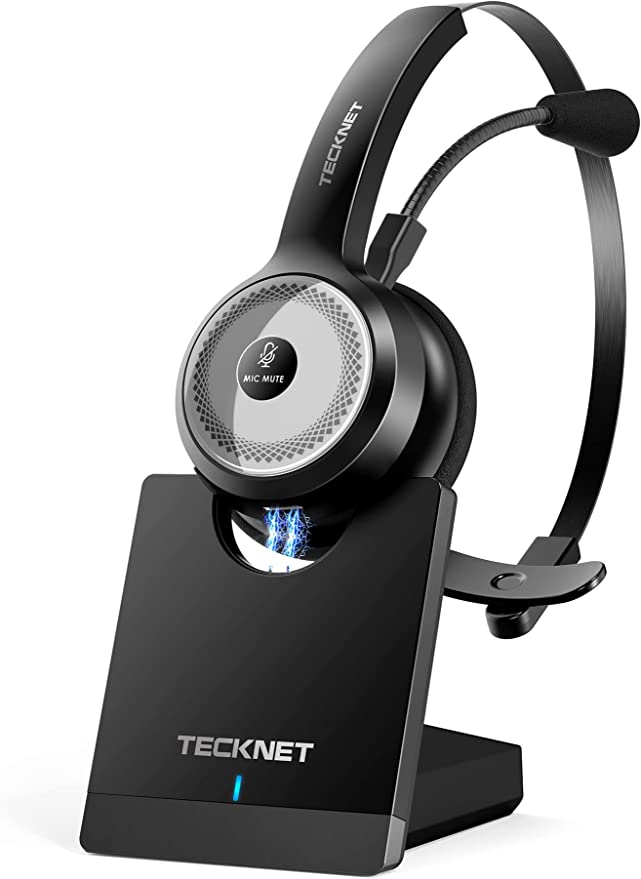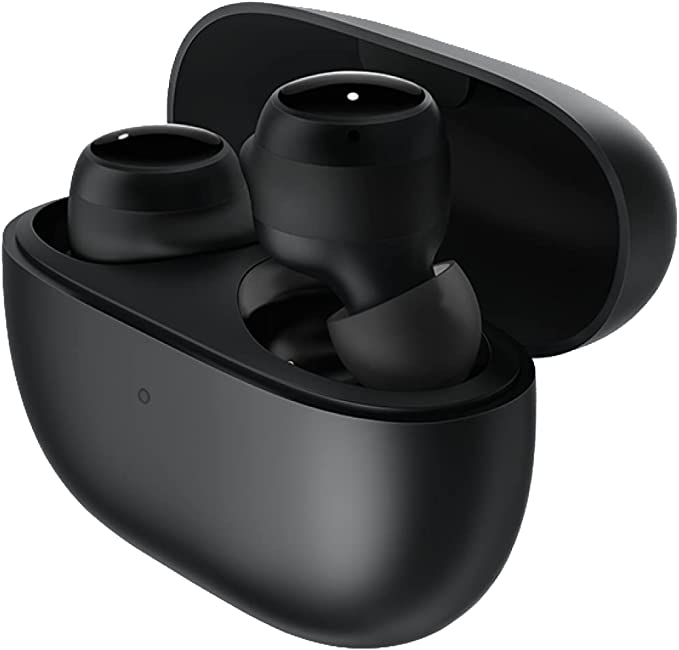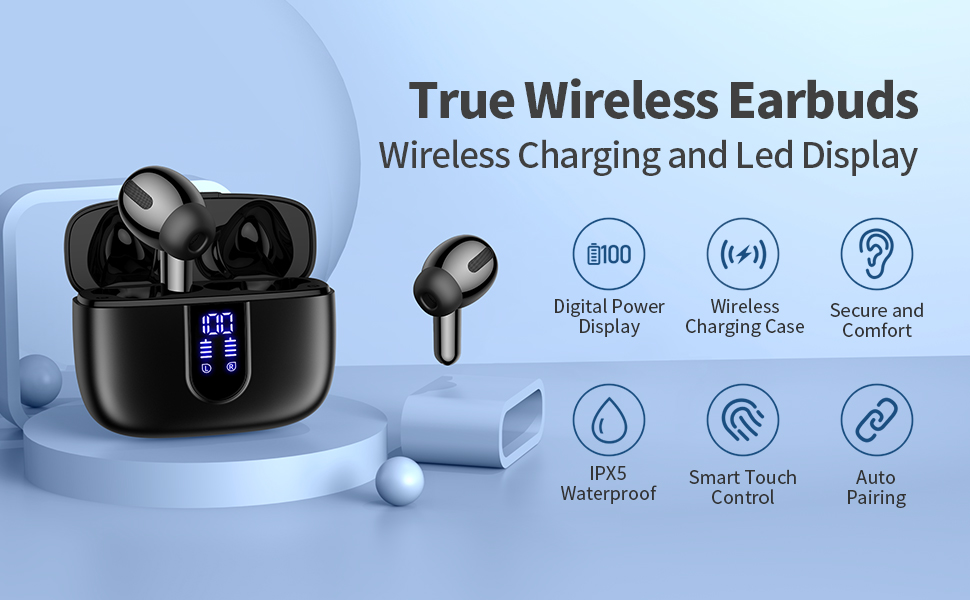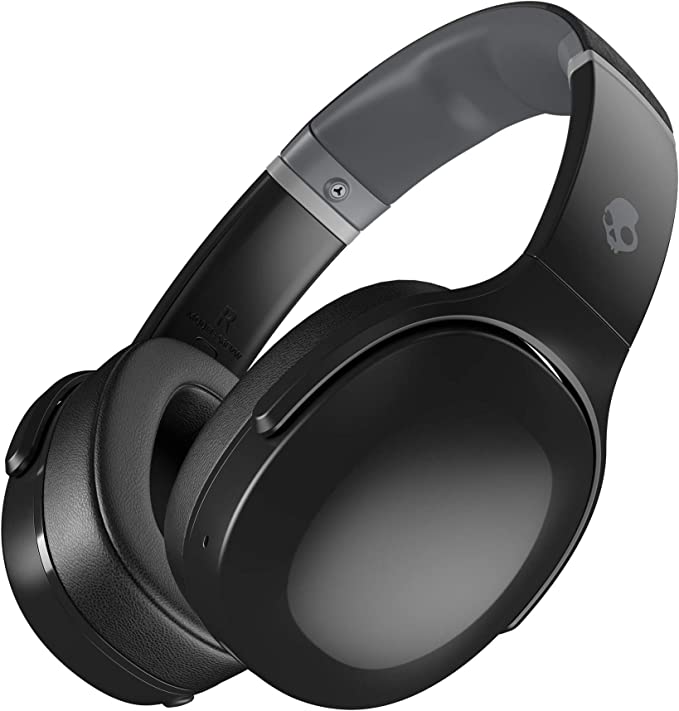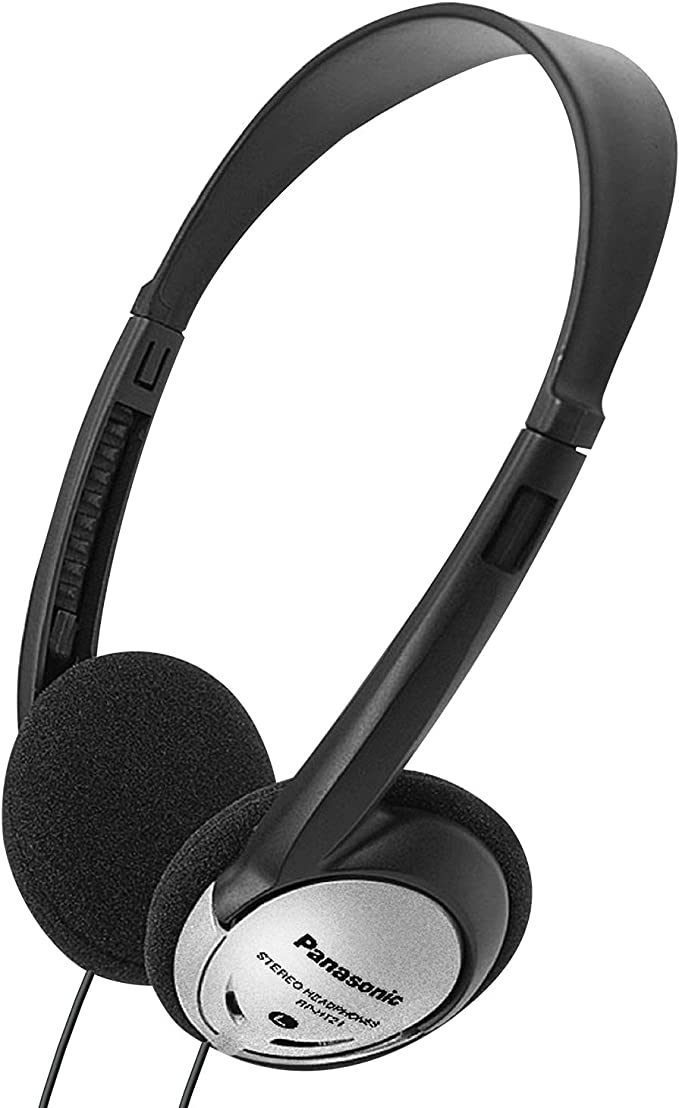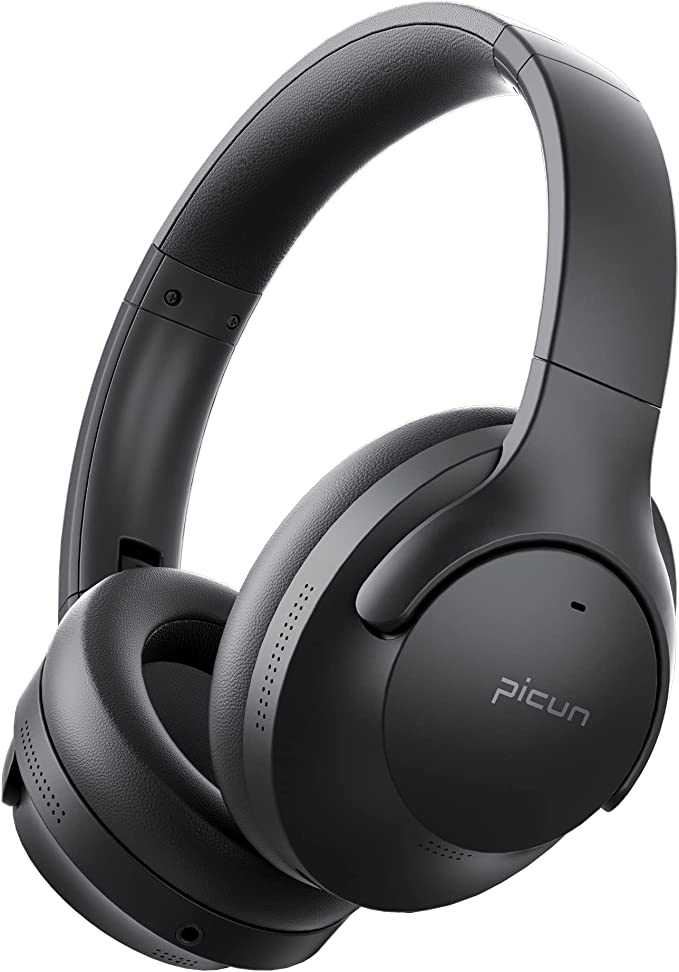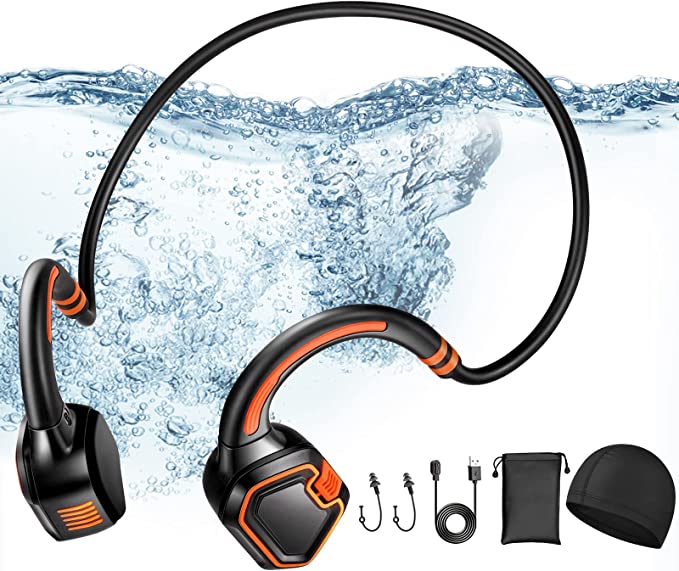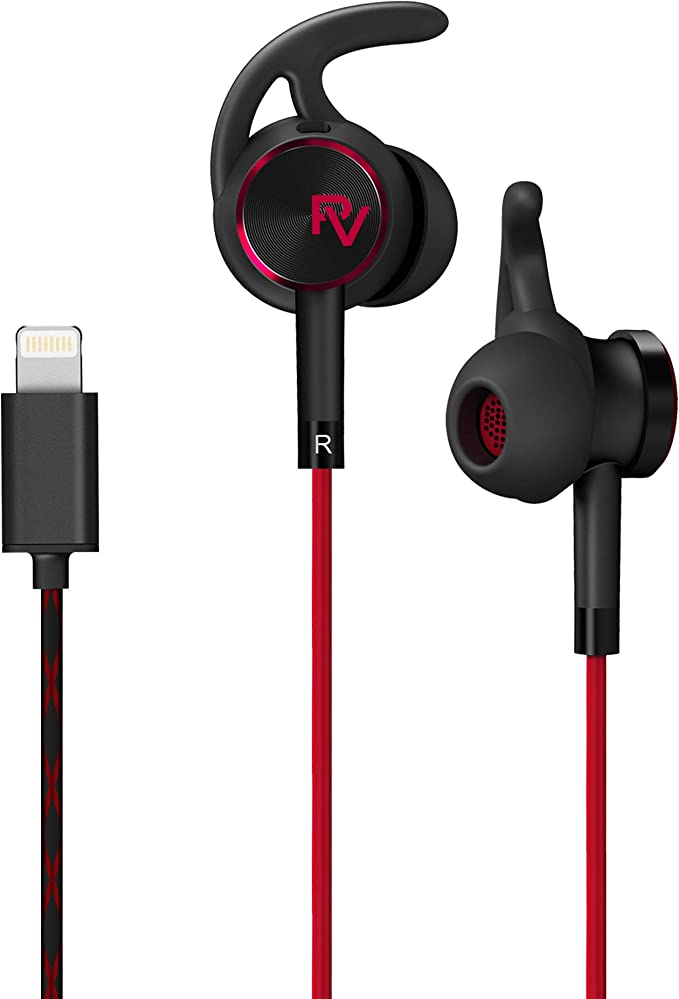TRANYA T20 Wireless Earbuds: Immerse Yourself in Powerful Sound with Deep Bass
Update on July 24, 2025, 11:07 a.m.
There is a silent contract you make every time you place a pair of earbuds in your ears. You agree to shut out the world, and in exchange, these tiny plastic shells promise to build a new one, note by note, beat by beat. It’s a transaction so common, so seamlessly woven into the fabric of modern life, that we’ve forgotten the sheer magic involved. We tap a screen, and a universe of sound blooms between our ears. But have you ever stopped to consider the epic journey that a single musical note must undertake to reach you? It’s a story of physics, history, and engineering—a symphony of science that travels from a distant server, through the air around you, and into the deepest recesses of your consciousness. And the most remarkable part? This entire century-spanning miracle can now be held in the palm of your hand, often for less than the price of a concert ticket, in devices like the TRANYA T20. This isn’t just their story; it’s the story of the sound they carry.

The Mechanical Heartbeat: Birthing a Vibration
Before there is music, there is silence. Sound, in its purest form, is a disturbance—a vibration rippling through a medium. For that vibration to become the opening chord of your favorite song, it needs a mechanical heart. Inside each T20 earbud, and indeed most headphones on Earth, lies a technology whose fundamental principle dates back to the dawn of the electronic age: the dynamic driver.
Its lineage traces to an 1877 patent by Ernst Werner von Siemens, a contemporary of Alexander Graham Bell. He envisioned a device where electricity could create motion. The modern earbud driver is the elegant culmination of this idea. It’s a beautiful, three-part dance. An electrical audio signal flows into a delicate voice coil, which is attached to a thin, flexible diaphragm and suspended within the field of a powerful, high-intensity magnet. As the current fluctuates with the rhythm and pitch of the music, it generates a changing magnetic field in the coil. This new field pushes and pulls against the permanent magnet, causing the diaphragm to piston back and forth with incredible speed and precision.
This movement is the birth of the sound wave. The 6mm diameter of the T20’s diaphragm dictates how much air it can move—its physical authority over the soundscape. A larger surface can, in principle, create more powerful low-frequency waves, the kind you feel as much as you hear. The diaphragm’s material—a triple-layer composite in this case—is a balancing act between rigidity (to prevent it from deforming and distorting the sound) and lightness (to allow it to react instantaneously to the signal). This is the physical, mechanical heartbeat of your music, a 150-year-old concept refined to microscopic perfection, pulsing just millimeters from your eardrum.

The Ghost in the Stream: Sound’s Digital Odyssey
That pure, analog vibration, however, rarely starts in your earbud. Today, it begins its life as cold, hard data on a server thousands of miles away. To reach you, it must undertake a perilous journey through the digital realm, and for this, it relies on a technology named after a 10th-century Viking king: Bluetooth.
When you press play, the song file—a complex digital representation of the original sound—is “packaged” for its wireless trip. This is done using an audio codec (a portmanteau of coder-decoder). The most basic, universal codec, required by all standard Bluetooth audio devices, is SBC (Sub-band Coding). Think of SBC as a standard-sized suitcase. It gets the job done, but to fit everything in, it might have to fold, squash, and discard some of the less “essential” parts of the audio information. This is the necessary compromise of wireless sound: a “lossy” compression. More advanced codecs, like AAC (Advanced Audio Coding), which the T20 also supports, are like a more sophisticated set of luggage with better organizational pockets. They use smarter algorithms to pack the data more efficiently, preserving more of the original nuance, which is why your music might sound richer when using AAC on a compatible device like an iPhone.
But this digital journey introduces a new foe: latency. For music, a tiny delay between pressing play and hearing the sound is unnoticeable. But for gaming or watching a video, it’s the tyranny of seeing a gunshot before you hear the bang. This lag is the time it takes for the audio to be encoded, transmitted, broken into packets, sent to the earbuds, reassembled, and decoded. The T20’s “Game Mode” is an all-out assault on this delay. It likely switches the codec to a “leaner” setting that prioritizes speed over maximum fidelity, streamlining the entire digital processing chain to achieve a latency of under 45 milliseconds. This is near the threshold of human perception, a sliver of time that can mean the difference between victory and defeat, ensuring the ghost in the stream arrives in perfect sync with the action on screen.

The Final Translation: From Air to Emotion
The sound wave has been created, and its digital ghost has traversed the airwaves. Now, it arrives at its final destination: you. The journey’s last, and most mysterious, stage takes place in the cavernous architecture of your ear and the intricate wiring of your brain.
First, the earbuds must form a proper seal. The six pairs of silicone tips provided with the T20 aren’t just for comfort; they are a crucial acoustic component. This seal creates passive noise isolation, a physical barrier blocking out high-frequency ambient noise. More importantly, it creates a closed chamber, allowing the tiny driver to effectively pressurize the air in your ear canal. Without this seal, the low-frequency bass waves would simply leak out, leaving the music sounding thin and lifeless.
Once sealed, the sound wave travels to your eardrum, and here, we enter the fascinating realm of psychoacoustics—the study of how we psychologically perceive sound. Our hearing is not a perfect, linear microphone. As discovered by pioneers Harvey Fletcher and Wilden A. Munson in the 1930s, our sensitivity to different frequencies changes dramatically with volume. According to their famous equal-loudness contours, at low volumes, we are far less sensitive to low and very high frequencies. This is why a “Bass Boost” mode is so effective; it’s not just making things boom, it’s scientifically compensating for our ear’s natural behavior, lifting the bass frequencies to a level where our brain perceives them as being in balance with the mid-range. The sound isn’t just a physical phenomenon; it’s an interpretation. The brain is the final processor, taking the raw data of vibration and translating it into the rich tapestry of emotion, memory, and feeling that we call music.

The Trials of Reality: Engineering for a Messy World
This entire delicate process must survive in a world that is often hostile to electronics. It must endure sweat, rain, and the constant demand for power. The T20’s design is a case study in practical, defensive engineering.
Its IPX7 rating is not a marketing term; it’s a specific, verifiable standard from the International Electrotechnical Commission (IEC 60529). The ‘7’ signifies that the earbuds can survive complete immersion in 1 meter of water for 30 minutes. Achieving this requires meticulous design: rubber gaskets sealing the casing halves, hydrophobic nano-coatings on the internal circuitry, and a charging case designed to keep the contacts dry.
Simultaneously, the earbuds must manage their lifeblood: power. The endurance of the T20 is thanks to the incredible energy density of lithium-ion battery chemistry, a technology that has revolutionized portable electronics. The convenience of its fast charging via USB-C is a result of modern power delivery standards that allow for intelligent, high-speed energy transfer. It’s the quiet, robust engineering that ensures the symphony doesn’t stop mid-song just because you worked up a sweat or forgot to charge overnight.

A Pocketful of Miracles
So, the next time you put in your earbuds, take a moment. Listen past the music and you might just hear the echoes of this incredible journey. You might hear the ghost of Siemens’ 1877 patent in the driver’s pulse, the legacy of a Viking king in the Bluetooth stream, and the wisdom of Fletcher and Munson in the satisfying thump of the bass.
The convergence of a century and a half of physics, chemistry, and engineering into a durable, affordable, pocket-sized device is nothing short of a miracle. The TRANYA T20, and others like it, are not just gadgets. They are vessels for one of humanity’s most profound creations. They are a testament to our relentless drive to capture a fleeting vibration and hold it close, making the unheard symphony of science audible to us all.
